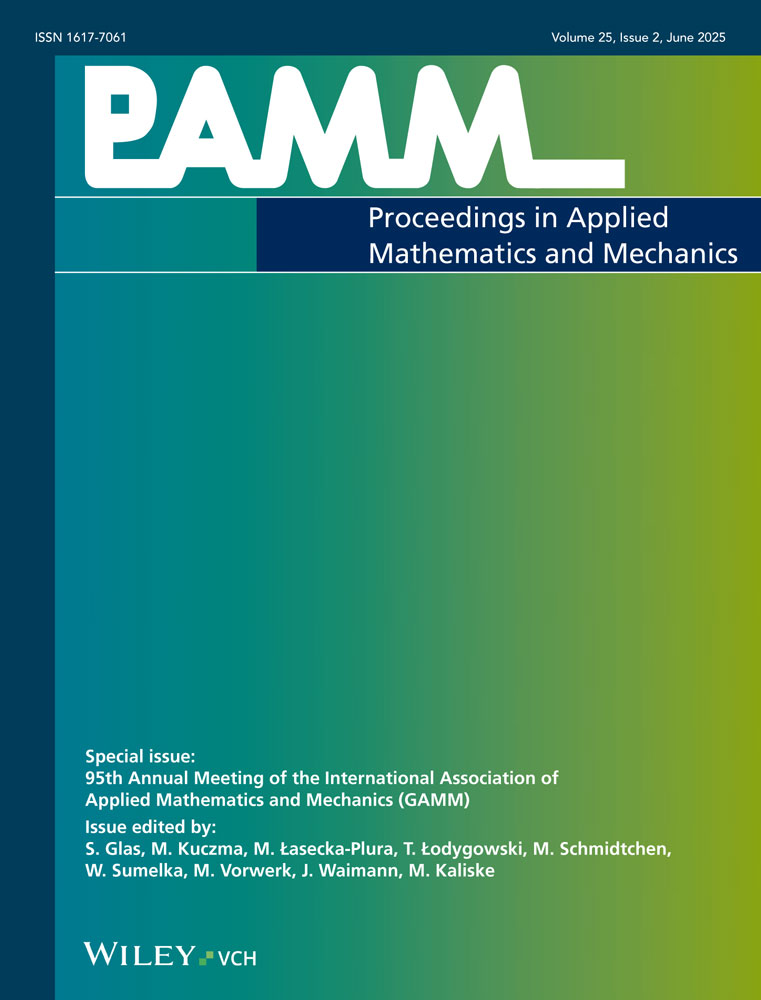Quantifying diffusion for an ultrasonic wire bonding process by applying the theory of material forces
Abstract
Ultrasonic wire bonding is a method applied in electronic packaging to fabricate interconnections between two devices at ambient temperature. In order to investigate the material diffusion during this process, the occurring thermal and mechanical mechanisms at and around the interface of the formed bond were studied by means of coupled thermo-mechanical FE simulations. Within the framework of material forces the local jump of the Eshelby tensor was compared with the thickness of the formed intermetallic phase for various bonding parameters. This allows us to predict an effective diffusion constant which takes temperature and mechanical driving forces into account. After this relation has been established a subsequent objective of our investigations is to optimize the growth of the Au8Al3 intermetallic phase in terms of bonding parameters. (© 2012 Wiley-VCH Verlag GmbH & Co. KGaA, Weinheim)




